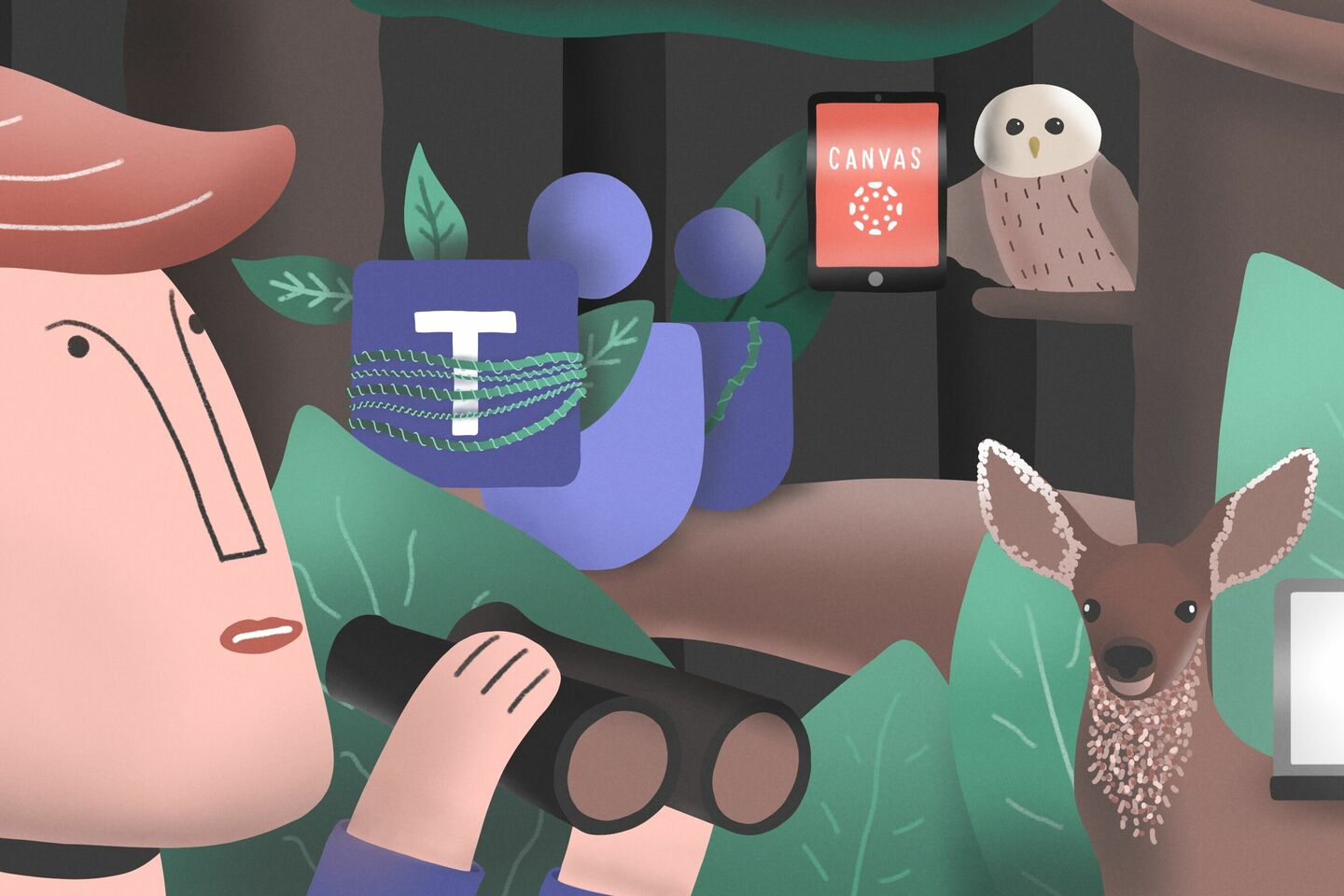
First-year students struggle with a multitude of online study tools
It's quite a lot: Osiris, Canvas, PlanApp, the Digital Education Guide
It’s a jungle, all those digital tools for students: Osiris, Canvas, PlanApp, the Digital Education Guide, all the features of Office 365. Knowing how to navigate this digital landscape is important, especially in these times of online education. And that’s not always easy, the people at Education and Student Affairs (ESA) realize, which is why they made ten instruction videos for first-year students.
Of the total of ten videos that have been recorded by now and that can be seen on YouTube via links in the Digital Education Guide, four were launched during the Intro. Those first four videos - which deal with the major digital education tools - were viewed by a large number of people at the time, says Nadia Hagen, project manager at ESA. “But we would now also like to bring the other instruction videos to people’s attention. It’s information from students for students, presented by student Eliene Rutten in such a way that anyone can understand it.” The - English spoken - videos explain what the tools are meant for, when you need them and how they work, but they also contain many practical tips.
Transparent
The transition from high school to the university is a big leap, Nadia Hagen says. “All of a sudden, the students themselves are responsible for exam registration, for example, and for keeping track of when lectures will be available online. We want to help them with that as best we can.”
Hagen says that ESA had been thinking about ways to make the university’s digital information service clearer and more transparent for some time already. “We started identifying the problems back in 2018, in particular with regard to the Digital Education Guide. The content of the information is fine but rather unclear, and the search tool didn’t always function optimally. The latter problem has already been dealt with.”
Lack of transparency was a frequently heard complaint anyway, she says. “We work with a variety of tools, and even though they all have their own tile on My TU/e, they don’t tell you how to plan courses with PlanApp, for example, or when you should use it.” That is why it was decided that a central instruction was needed for the digital tools used by students. The PlanApp, incidentally, is important to Bachelor’s students as of the third quartile (Q3). “That means that we will start practicing in Q2.”
One department offered a short course, another department held a presentation or provided a pdf with instructions only, or sometimes nothing at all
Departments
In the past, these instructions were left to the departments, Hagen explains. “They dealt with it in rather different ways. One department offered a short course, another department held a presentation or provided a pdf with instructions only, or sometimes nothing at all. I collected everything I could find and evaluated it with a group of students. The presentation of GEWIS, the study association of the department of Mathematics and Computer Science, came out the winner, so we drew on that.”
Due to the corona measures, it suddenly became extra important to have something in place quickly. That is why four videos were made for this year’s introduction week, which took place mostly online. “We didn’t have time to consult extensively with students,” Hagen emphasizes. “This, therefore, is a fist version; we’ve completed ten videos by now and are busy working on the second version of the instructions, which needs to fit in with the student’s ideal costumer journey. It needs to be finished before the Intro of 2021/2022 and will be integrated in the new version of the Digital Education Guide. This project will be headed by my colleague Floor Keijsers. The wishes of the students are central to her project as well.”
Abe Koster is education officer at study association Intermate (Innovation Sciences) and is involved with ESA’s online education tools project as a student-assistant. He hears that many first-year students don’t know about the Digital Education Guide. That’s less surprising than it sounds, the fourth-year student says. “I myself didn’t know about it either during my first year, to be honest, although I did end up there when I was looking for something specific on Google.”
In his experience, it’s especially difficult for first-year students to find out who you should approach with certain questions; the study coach, student mentor or the study coordinator. Incidentally, Koster is under the impression that things have greatly improved at his own department. “I rarely have students come up to me who don’t know who to approach with their questions.”
Proctorio, the digital invigilation tool for online exams, leads to much stress among students, especially since you don’t know what happens
Tiles and proctoring
Koster is particularly involved in identifying any problems students might have with online study tools, and in coming up with possible improvements. “We do so via workshops with groups of students, teachers and members from the auxiliary staff.” A commonly heard complaint concerns the numbers of tiles on My TU/e, “half of which you never use.”
Proctorio, the digital invigilation tool for online exams, was introduced only recently after the outbreak of the corona pandemic. Koster: “That leads to much stress among students, especially since you don’t know what happens. When you drop a pencil in a lecture hall and bend over to pick it up, you can try to make eye contact with an invigilator so that he or she knows you aren’t cheating. But with proctoring, you can get flagged just like that because you’re off-camera for a few moments, and as a result your exam might be deemed invalid. It would be nice if TU/e could come up with an alternative to Proctorio.”
If you would like to share your ideas on how the university could improve the way it communicates with students, you can send Abe Koster an email.
Watch all the instruction videos.
Ward Taborsky: “I currently know only five fellow students from my department”
Ward Taborsky is a first-year student and just completed his first quartile at Automotive Engineering. “With the exception of one very specific course, which is taught via Oncourse, all my courses take place via Canvas. At first, I had to figure out how Canvas worked, but it was pretty clear. I only used Osiris to enroll.” He uses MS Teams to consult with his fellow students. That may sound pretty transparent, but in general, Taborsky is not entirely enthusiastic.
“Unfortunately, I feel that we are left to fend for ourselves more than normally, compared to our education in high school. All my lectures were recorded, and I don’t get a chance to ask a professor – or someone else – any questions. I’m allowed to, but it’s difficult. Calculus is better organized, incidentally. Twice a week, we had a Q&A session via MS Teams with a professor who answered questions that were previously sent in. That wasn’t the case with the course Spectrum of Automotive. We did have one session a week that was supposed to be some kind of instruction lesson. We spent that hour making assignments. What I didn’t like, was that there was no time to calmly go over everything and to ask questions during a Q&A in case you didn’t understand something. If you didn’t finish your assignments during the instruction class, there was no opportunity to ask questions. That didn’t really work for me.”
Taborsky welcomes the student mentor system. “I’m in a group of five students with the same mentor, and we keep regular contact via WhatsApp. I don’t see any other students at the university, in fact, I only know five fellow students. Hopefully, that will change for the better in Q2, when we will start to work on projects.”
Iris Van Ysacker: “Very satisfied with Calculus”
First-year Data Science student Iris Van Ysacker uses Canvas, Osiris, MS Teams as well as Zoom for her studies. “Data Science is partly taught at Tilburg University, where the teachers use Zoom.” Van Ysacker has heard of the videos about online learning tools on the TU/e website Education Guide, but she didn’t need them so far.
Just like Ward Taborsky, Van Ysacker is very satisfied with Calculus. She studies the course material independently and knows how to work with all the extra material offered to her via Canvas. Van Ysacker is less enthusiastic about the online lectures at Programming and the related tutoring. “How tutors deal with the method varies from group to group. It ranges from answering questions to offering complete explanations.”
She used to have a meeting on the campus twice a week, but she saw how people’s enthusiasm diminished. “My group started with twenty students but ended with four. I too came to the campus just once a week, when I could combine it with something else. The fact that I have to travel three hours also has something to do with that.”
Van Ysacker doesn’t know that many fellow students at TU/e either. “I mostly talk to the people I met during the Intro, and to those in my mentor group. About twenty students in total. Not that many really, and a bit of a shame.”
She recently took her first online exam. That didn’t run entirely smoothly. “Since all of us, 130 students in total, suddenly had to register at the same time via the platform Ans Delft, we found ourselves waiting in line. It took fifteen minutes before I could start with my exam. When I wanted to hand it in, my time had run out, and I wasn’t notified about this in the proper way. I immediately emailed the examination committee and the teacher, and my mind was put to rest, but it did lead to some extra stress.”
Ralitsa Ianatchkova: “Preferably online in Bulgaria rather than in Eindhoven”
Ralitsa Ianatchkova, first-year student at the department of Mathematics and Computer Science spent Q1 in Eindhoven, but returned to her home country of Bulgaria just before the start of the exam period.
“This situation is far from ideal, because I would prefer to go to the campus every day to meet my fellow students. But I prefer to be at home during these stressful times, instead of in a faraway country. Fortunately, there are online versions for all my courses.”
She uses Canvas, MS Teams, Zoom and YouTube livestream for her lectures, assignments and exams. “Using Canvas was a bit difficult at first. It seemed as if the information for each course had been placed somewhere else, but I got used to it eventually.” Ianatchkova is most satisfied with the livestream via YouTube. “It was easy and there were nu interruptions. MS Teams and Zoom (discouraged by TU/e, but allowed by the department of Mathematics and Computer Science, ed.) would sometimes malfunction, but I guess that’s normal with that many people taking part.”
When she has problems with her studies, she seeks help from her student mentor, tutors and a few fellow students. That works fine, considering the online circumstances. She hasn’t looked at the videos on Education Guide yet.

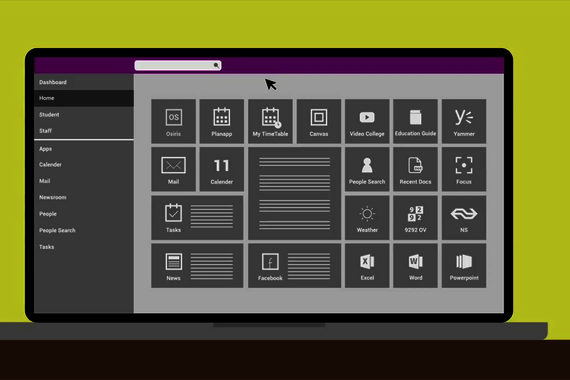

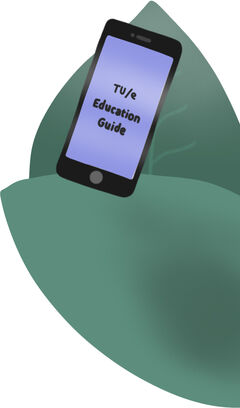
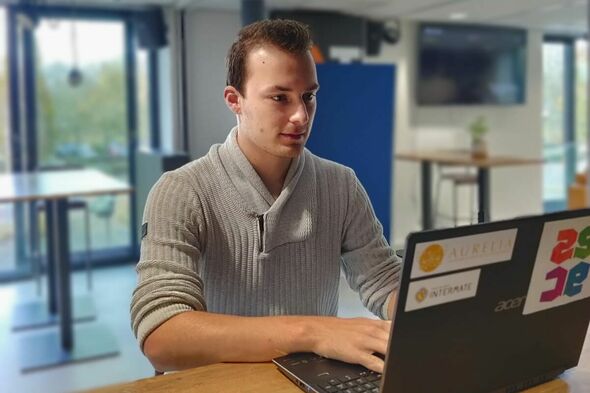
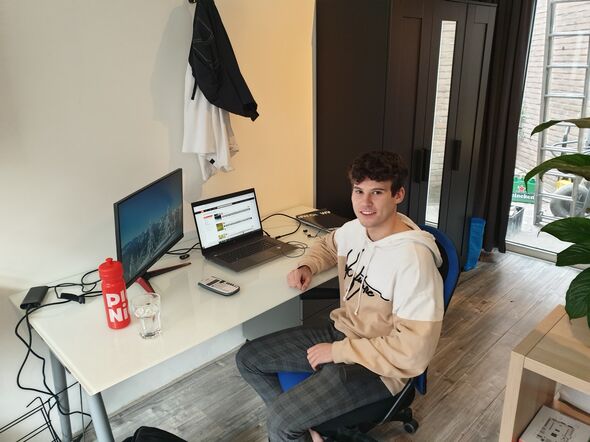
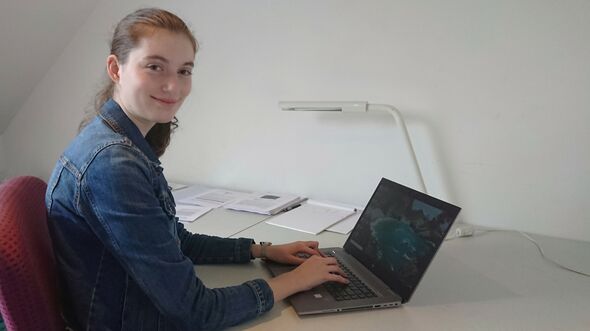
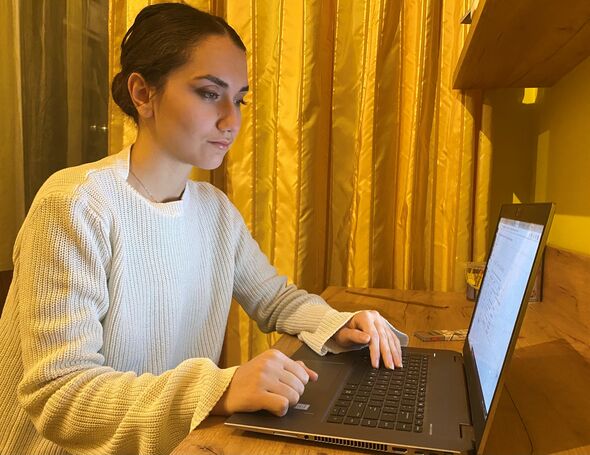
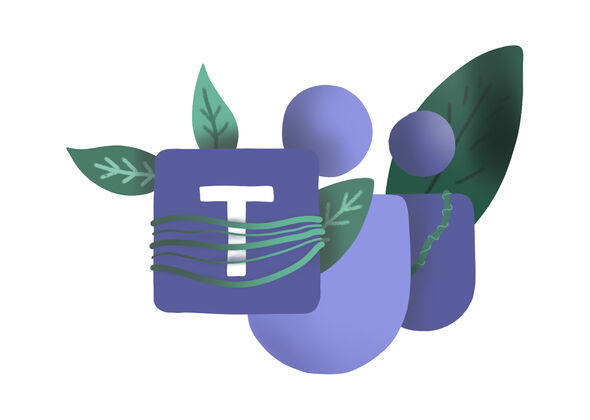
Discussion